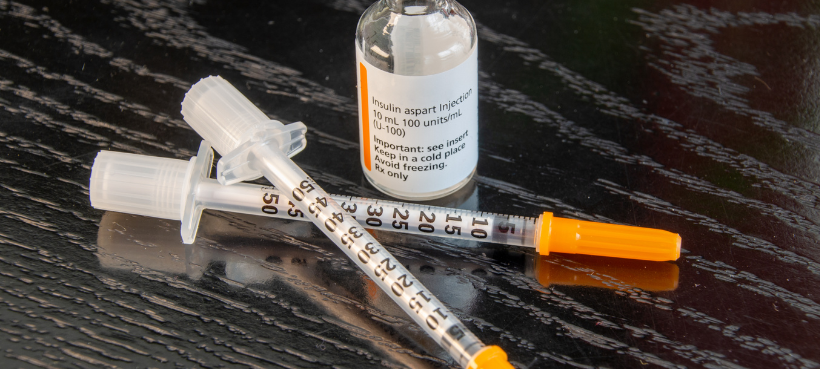
3 tips for more effective insulin injections
April 18, 2023
As a diabetic, it is crucial to manage your insulin injections properly to regulate blood sugar levels and avoid complications. Injection technique plays a vital role in this management.
Emerging research on injection technique suggests that following current best practices when injecting your insulin may have a direct impact on your health outcomes as a diabetic.
Here are three tips, based on the latest research, for safer and more effective insulin injections.
Use the correct needle size
Choosing the correct needle size is crucial for insulin injections to be effective and as comfortable as possible. The length and gauge of the needle determine how deeply the insulin is injected into the body and how much discomfort is experienced by the patient.
For subcutaneous injections, typically used for insulin delivery, shorter and thinner needles are recommended. The most up-to-date research suggests that 6mm needles are most often the best options. They can be used with or without a skin lift (see below).
Shorter needles may be preferred by people with thin or sensitive skin, while slightly longer needles may be needed for individuals with more subcutaneous tissue. If using an 8mm needle, you should use the skin lift technique.
12 mm and 12.7mm needles are not usually recommended for routine insulin administration.
Your doctor or pharmacist can help you determine the appropriate needle length for you.
Use a skin lift when needed
When administering insulin injections, it can sometimes be helpful to use the skin lift technique. This involves lifting a small area of skin before injecting the insulin.This technique can help to ensure that the insulin is injected into the subcutaneous tissue and not into the muscle. Injecting into the muscle can cause insulin to be absorbed too quickly and can result in hypoglycemia. Using the skin lift technique can also help to reduce pain and discomfort during the injection.
Skin lifts are particularly useful when injecting into a slim limb or abdomen. It may also be necessary if using a larger needle (12mm or 12.7mm).
Ask your doctor or pharmacist if you’re unsure whether or not to use a skin lift when injecting insulin.
Use the proper technique for safe and effective injections

Proper injection technique is essential for safe and effective insulin injections. Here are some tips to ensure that you are using the proper technique:
- Choose the injection site carefully. The abdomen, thighs, and upper arms are common injection sites, but make sure to rotate injection sites to avoid scar tissue buildup.
- Clean the injection site with alcohol before injecting.
- If you see air bubbles in the syringe, flip the syringe so the needle is pointed upwards. Tap the barrel until the bubbles surface at the top, and then push the plunger to expel the air.
- Use a quick, smooth motion when inserting the needle.
- If using a skin lift, insert the needle directly into the skin lift, depress the plunger completely, and remove the syringe at the same angle that it was inserted. Once the needle has been removed, you can release the skin lift.
By following these tips, you can ensure that your insulin injections are safe, effective, and as painless as possible.
Looking for insulin injection advice?
Next time to fulfill your prescription at Lakeside Medicine Centre Pharmacy, talk to your pharmacist about the latest advances in injection technique and best practices in insulin administration. We can consult with you on your particular needs and situation.
You can also get in touch with questions any time.
